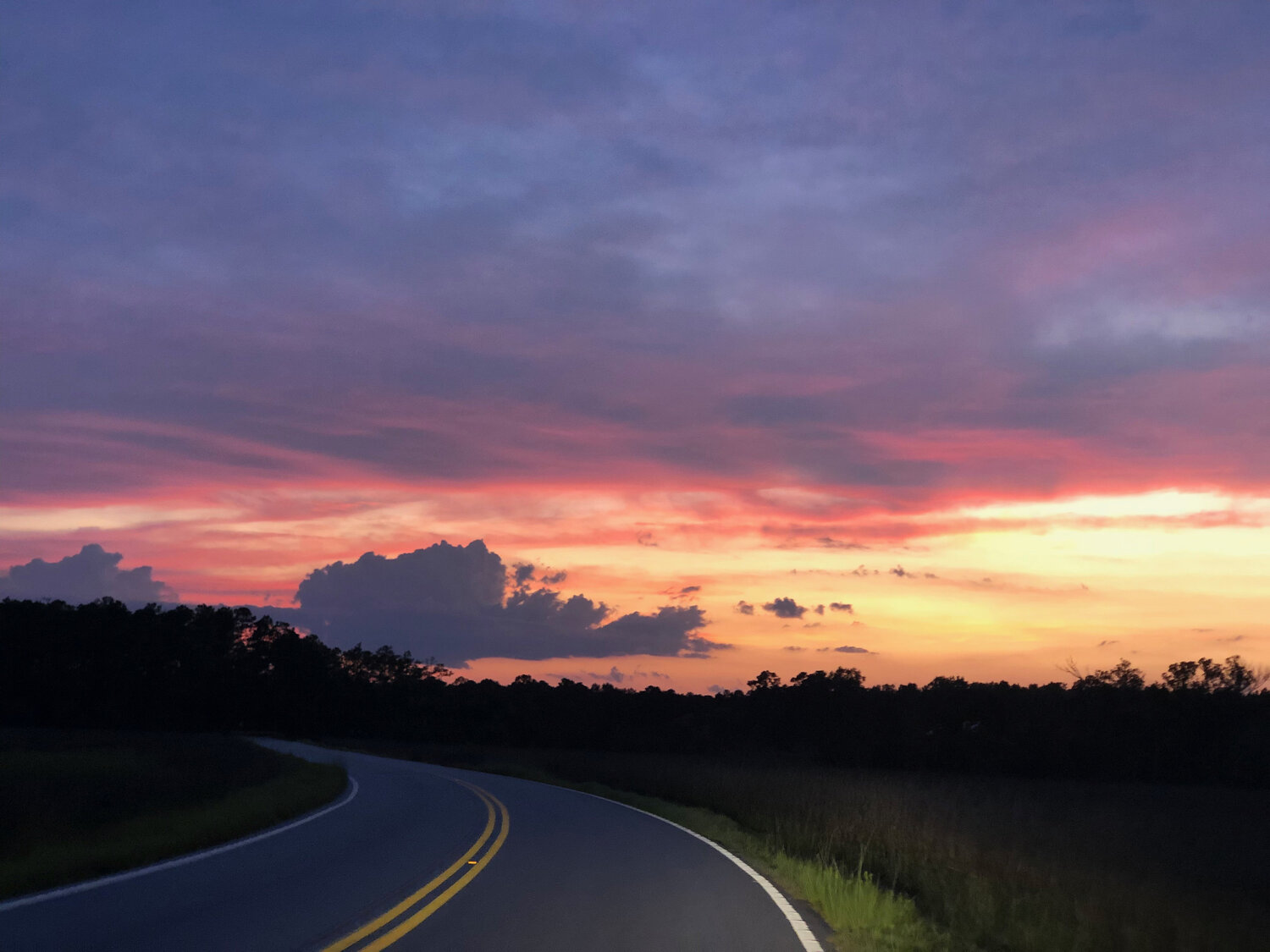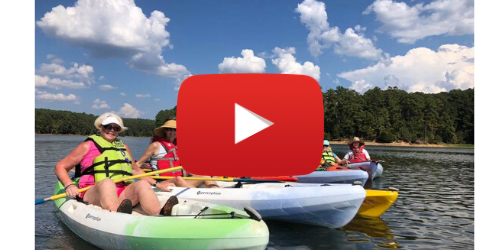The developer’s proposal would not only exacerbate West Ashley’s notorious flooding, it would destroy more than 200 acres of valuable wetland habitat and create a mixed-use development unaffordable for the majority of the present community, according to the appeal.
CHARLESTON, S.C. – Conservation groups are challenging the state environmental agency’s authorization of a 3,172.6-acre mixed use development in Charleston’s West Ashley—one of the largest proposed developments in the city’s history—and one that stands to threaten the health and livability of the community as it would allow the permanent destruction of 209 acres of wetlands.
On Thursday, the Sierra Club and South Carolina Wildlife Federation, represented by the South Carolina Environmental Law Project (SCELP), and the Charleston Waterkeeper, represented by the Southern Environmental Law Center (SELC), filed Requests for a Contested Case Hearing with the South Carolina Administrative Law Court, asking the court to reverse South Carolina Department of Health and Environmental Control’s (DHEC) decision to issue 401 Water Quality and Coastal Zone Consistency certifications for the Long Savannah project.
The groups point to a number of critical flaws with the proposed development:
· DHEC’s authorizations allow filling 137 acres and excavating 72 acres of wetlands adjacent to Church and Rantowles Creeks. Wetlands provide numerous benefits for people and wildlife, include protecting and improving water quality, providing wildlife habitat and storing floodwaters. This type of “fill and build” activity is exactly what has led to repeated flooding in adjacent neighborhoods.
· Although the proposed construction will be conducted over a 30-year period, DHEC’s authorization failed to account for how climate change will affect flooding on the site over that period. More extreme storm events and potential sea level rise impacts on the property, such as in the area surrounding Rantowles Creek, must be considered to avoid placing more residents in harm’s way.
· Further, DHEC failed to consider how this project impacts the economic stability of West Ashley. Under their own guidelines, the agency must evaluate the extent to which a project is in the national interest and includes consideration for the maintenance or improvement of the economic stability of the surrounding coastal community. The developers’ originally proposed average home price of $338,834 far exceeds the national, state and county definitions of affordable housing. In fact, it would be more expensive than 73 percent of the other homes in West Ashley.
“This development is not priced for the people who actually live in West Ashley,” SCELP attorney Lauren Megill Milton said. “So what the community is getting is a development that they cannot afford, that will destroy a precious habitat for wildlife that they enjoy watching and that will exacerbate floods that will destroy the affordable housing they already live in.”
“The Long Savannah Project mirrors other recent developments in the Lowcountry that lie in low areas. Conventional approaches not only cause the obliteration of natural drainage systems and destroy wetland habitats, they also do not take into account flooding due to a changing climate. This project should take a lesson from the Dutch Dialogues, a year long effort to conceptualize a more resilient Lowcountry by adapting developments to water systems, not adapting water systems to development,” said Sara Green, executive director of the South Carolina Wildlife Federation.
“This project is based on outdated ideas about where and how we can build in the Lowcountry. Outdated fill-and-build development is why West Ashley floods so bad and so often. We cannot continue down this road. We have to stop building in wetlands. The future of our community and health of our waterways depend on it,” said Charleston Waterkeeper Andrew Wunderley.
“Wetlands are critical to protecting life and property because they soak up large amounts of floodwaters. This massive filling of wetlands will devastate a community already experiencing years of repeated flooding,” said Ben Mack, chair of the Sierra Club of South Carolina.
The conservation groups have requested a contested case hearing and an order from the Administrative Law Court judge to reverse the certifications issued by DHEC staff.
# # #
South Carolina Environmental Law Project is a nonprofit public interest law firm. Its mission is to protect the natural environment of South Carolina by providing legal services and advice to environmental organizations and concerned citizens and by improving the state’s system of environmental regulation.
For more than 30 years, the Southern Environmental Law Center has used the power of the law to champion the environment of the Southeast. With more than 80 attorneys and nine offices across the region, SELC is widely recognized as the Southeast’s foremost environmental organization and regional leader. SELC works on a full range of environmental issues to protect our natural resources and the health and well-being of all the people in our region. www.SouthernEnvironment.org
Charleston Waterkeeper’s mission is to protect and restore Charleston’s Waterways for our community and for future generations. We do that through unique mix of boots-on-the-water stewardship and data-driven advocacy designed to protect the public’s right to clean water for fishing and swimming.
The mission of the South Carolina Wildlife Federation is to conserve and restore South Carolina’s wildlife and wildlife habitat through education and advocacy.
The mission of the Sierra Club of South Carolina is: To explore, enjoy, and protect the wild places of the earth; To practice and promote the responsible use of earth’s ecosystems and resources; To educate and enlist humanity to protect and restore the quality of the natural and human environment; To use all lawful means to carry out these objectives.
Banner Photo by Parker Gibbons
Media contacts:
Ben Cunningham, Esquire, ben@scelp.org
Lauren Megill Milton, Esquire, lauren@scelp.org
South Carolina Environmental Law Project, (843) 527-0078
Mike Mather, Southern Environmental Law Center, cell/text (434) 333-9464 or email mmather@selcva.org










